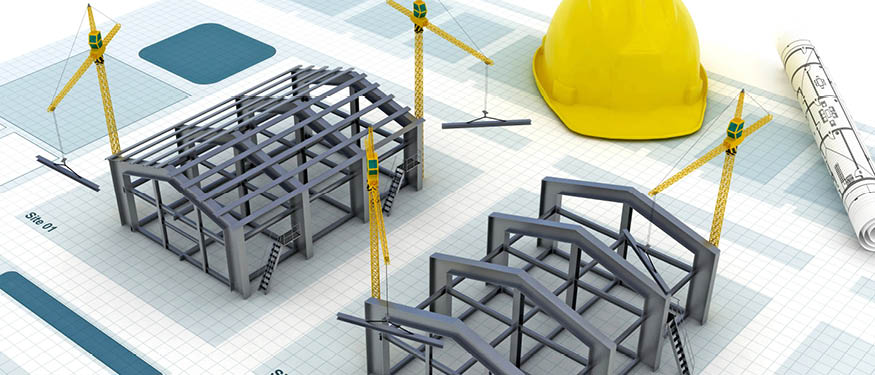Even though renewables have been very popular in Croatia for quite some time, the good old hydrocarbons are once again creating a significant buzz.
The Pannonian Basin, partly located in Croatia, has long been recognized for its above-average hydrocarbon gradient and strong extraction potential. However, it was only after recent seismic surveys and mapping were completed that investors chose to pursue further exploration.
In May 2023, the Croatian government launched an “open-door” procedure, inviting interested companies to review relevant data at the Croatian Hydrocarbons Agency, which oversees the process. The Government of the Republic of Croatia has announced a bidding round to grant licenses for onshore hydrocarbon exploration and production. This round covers designated areas of the Croatian mainland, divided into three exploration blocks in the regions of northwest Croatia, central Croatia, and southern Slavonia, with a combined area of 5,423.33 square kilometers. For these areas, a database with extensive 2D and 3D seismic data is available to all potential investors.
There are two bidding deadlines each year: one ending on March 31 and another on September 30. Selected bidders will be granted licenses for hydrocarbon exploration and production at certain blocks.
The exploration period may last up to five years, with the option for investors to extend it twice for six months each time. This bidding round requires bidders to divide their bids into two exploration phases: an initial three-year phase and a subsequent two-year phase.
Upon the completion of the first exploration phase, investors must relinquish 25% of the exploration block initially granted to them under the exploration and production license. After the second exploration phase, they must relinquish the remaining portion of the block, excluding any designated appraisal areas (defined in the appraisal work program) or areas where exploitation fields have been established.
In recent months, three companies have announced natural gas discoveries across four mining fields, along with an oil and gas discovery in an additional field. In November 2023, a state-owned oil and gas company reported a successful natural gas discovery with a maximum daily output of 145,000 cubic meters, marking the first of five planned phases in an area designated as DRAVA-03.
In March 2024, a joint venture between a state-owned oil and gas company and a Canadian oil and gas company announced the discovery of oil and gas at the Zbjegovaca-1 East exploratory well, located in the SAVA-07 exploration area, about 10 kilometers east of Kutina. The SAVA-07 area spans most of the Sisak-Moslavina and Bjelovar-Bilogora counties, with a smaller section extending into Pozega-Slavonia County, covering a total area of 2,032 square kilometers. Production is expected to begin in 2025, with an anticipated operational period of 20 years. Total reserves of the newly discovered hydrocarbons are estimated at 4.4 million barrels of oil equivalent, positioning the Zbjegovaca field among the top five hydrocarbon fields in Croatia based on total of proven and probable reserves.
Additionally, a Canadian company discovered a natural gas field in the Sava-10 area, where test production commenced in July 2024. With a daily output capacity of 400,000 to 500,000 cubic meters, this represents 20% of Croatia’s total natural gas production.
Last but not least, an important discovery was announced in September this year. A subsidiary of an American oil and gas company found a new natural gas field with an estimated potential daily output of 160,000 to 320,000 cubic meters. If fully realized, this could account for approximately 10% of Croatia’s current natural gas production.
Recent discoveries have once again confirmed that onshore hydrocarbon exploration in Croatia is highly attractive and capable of providing a significant supply of natural gas. In these challenging times, when energy self-sufficiency is of critical importance, further exploration, both onshore and offshore, is expected to continue. With a robust regulatory framework, extensive 2D and 3D seismic data coverage, and a track record of successful discoveries, Croatia is well-positioned for further hydrocarbon developments in the years ahead.
By Josip Marohnic, Partner, and Filip Majcen, Senior Associate, Marohnic, Tomek & Gjoic
This article was originally published in Issue 11.11 of the CEE Legal Matters Magazine. If you would like to receive a hard copy of the magazine, you can subscribe here.















